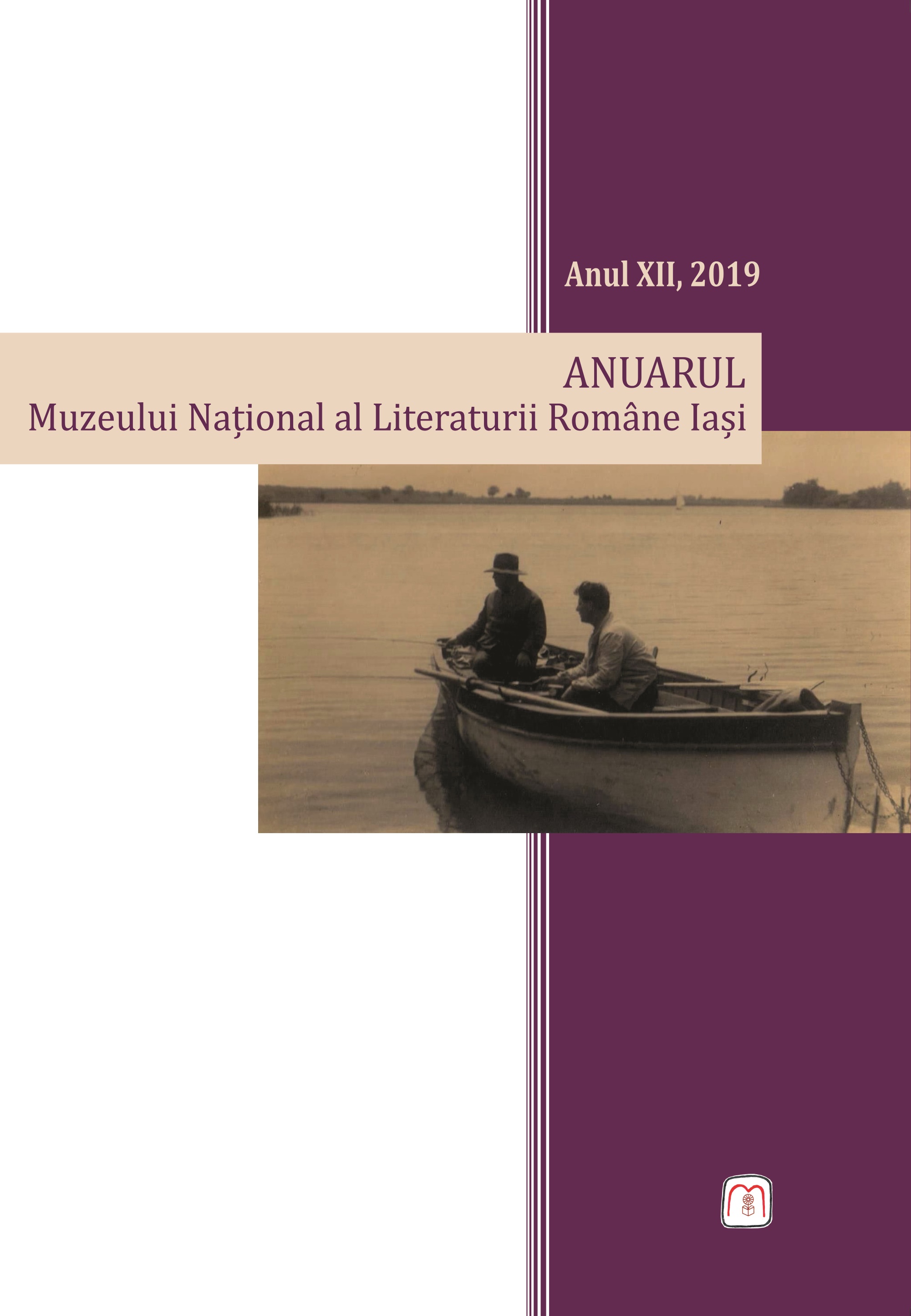Românii din Dobrogea de Nord: coordonate istorico-
demografice și etnografice
Romanians from Northern Dobruja: Historic, Demographic
and Ethnographic Coordinates
Author(s): Alexandru ChiselevSubject(s): Cultural Anthropology / Ethnology
Published by: Editura Muzeelor Literare
Keywords: Architecture; alimentation; crafts; folk costume; rites of passage;traditions;
Summary/Abstract: This article presents some essential aspects for understanding the Romanian commu-nity of Northern Dobruja. The historical evolution reveals the existence of a real synthesis of the Romanian element, as it is possible to talk about the permanence of habitation in this region (dicieni – the autochthonous Romanians), on the one hand, and about constant inflows of Romanian populations (shepherds from Transylvania, farmers from Wallachia, Moldavia and Southern Bessarabia etc.), on the other. We have brought together elements related to the rural habitat, architecture, traditi-onal clothing, gastronomy, calendar and life-cycle traditions. Romanians live in locali-ties belonging to the types of plain or plain-hill villages and pertaining to the following micro-areas: Danube Delta and Danube Meadow, Babadag Plateau, Casimcea Plateau, Tulcea Hills and Măcin Mountains. Under these different oro-graphic condi-tions, a variety of shapes and textures of villages are highlighted. The main occupa-tions of the Romanians from this area were agriculture (especially cereal crops) and animal husbandry. Secondary occupations (viticulture, fishing, hunting and bee-keeping) were occasionally practiced in all the localities of the investigated area. All types of traditions and alimentations can be correlated with the ecological condi-tions of the populations. So, we can highlight the agro-pastoral rites and a diet based on cereals, dairy and sometimes meat. Also, the folk costume used by Romanians from Dobruja is typical for the Danube Plain, both in terms of cutting and ornamentation; it is based on the stylization of the elements seen in nature or of the images with symbolic content.
Journal: Anuarul Muzeului Naţional al Literaturii Române laşi
- Issue Year: XII/2019
- Issue No: XII
- Page Range: 47-66
- Page Count: 20
- Language: Romanian

